♿ Beyond Ramps and Rails: Inclusive Architecture for All Australians
One afternoon in Sydney, we paused in front of a public toilet block, watching a woman in a wheelchair struggle to open the door. The handle was too high, the entry swing was inward, and the hallway barely wide enough for her chair.
To most people, a door handle is just a handle — but to her, it was a barrier.
This was not a failure of structure — it was a failure of empathy.
Inclusive architecture isn’t about fixing problems later. It’s about designing for dignity and independence from the start.
🏗️ What Is Inclusive Architecture?
Inclusive architecture ensures that buildings are accessible, navigable, and usable by all people — regardless of age, ability, or circumstance.
At LVA Architects, we start with empathy, not just code. We ask:
- Can a person in a wheelchair move independently through this space?
- Can someone with vision impairment safely orient themselves?
- Will a person with cognitive challenges feel confident in wayfinding?
The answers shape not just how we draw — but how we think.
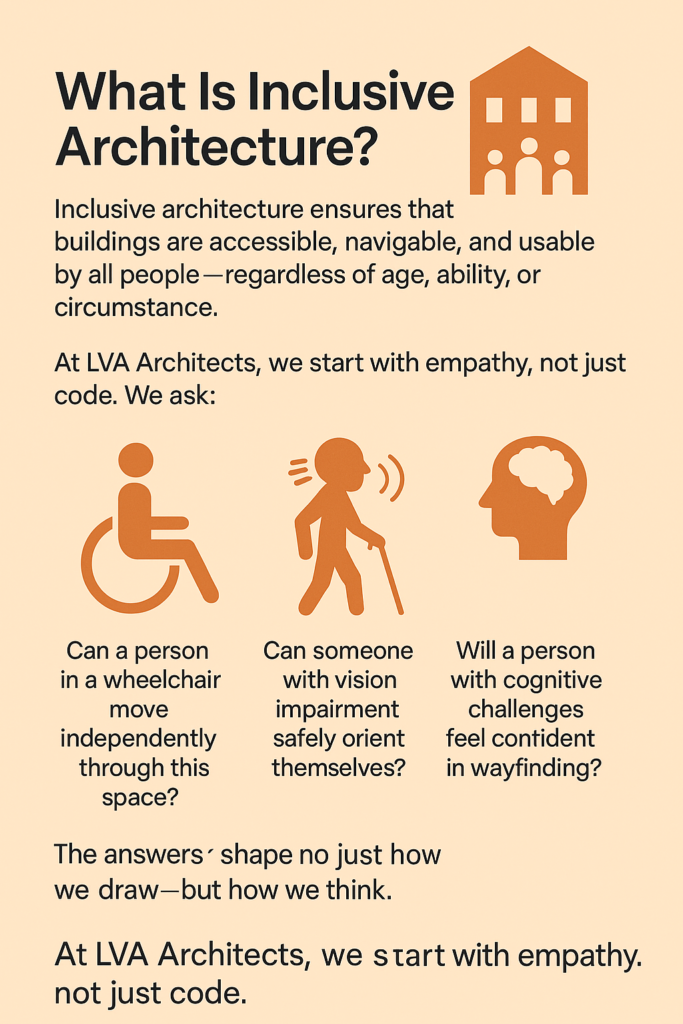
📘 The Australian Context: Legal and Moral Responsibilities
In Australia, the Disability Discrimination Act 1992 (DDA) and National Construction Code (NCC) define accessibility as a legal right — not an optional feature.
The NDIS Specialist Disability Accommodation (SDA) guidelines go even further for Class 3 buildings.
However, many buildings still meet only the bare minimum — creating technical compliance without practical usability.
Architects must do more than follow the rules. We must interpret them with purpose.
👥 Designing With, Not Just For
Real inclusive design begins with listening. At LVA Architects, we work alongside:
- Access consultants
- People with lived disability experience
- Allied health professionals
Their input highlights what drawings miss — from high reception counters to inadequate turning spaces and alarms that only alert by sound.
These oversights become design opportunities when we place people first.
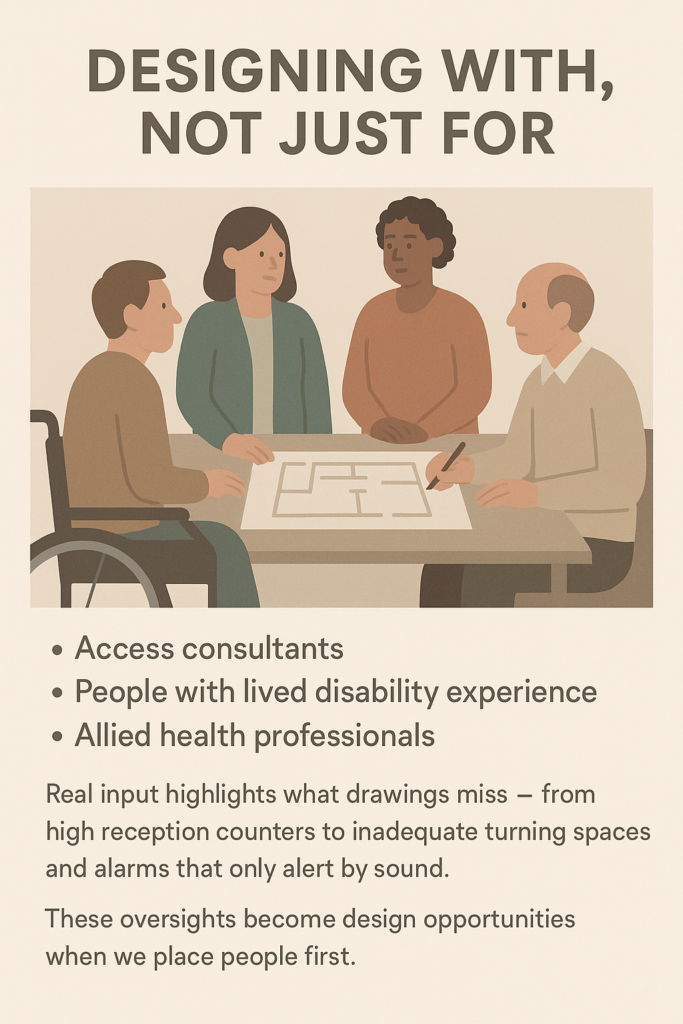
💡 Why It Matters
Inclusive design transforms lives:
- It supports independent living
- It allows equal access to work and public life
- It fosters dignity in daily experiences
But more than that, it reflects the values of a society that chooses care, forethought, and equality.
At its core, inclusive architecture is simply good design — for everyone.
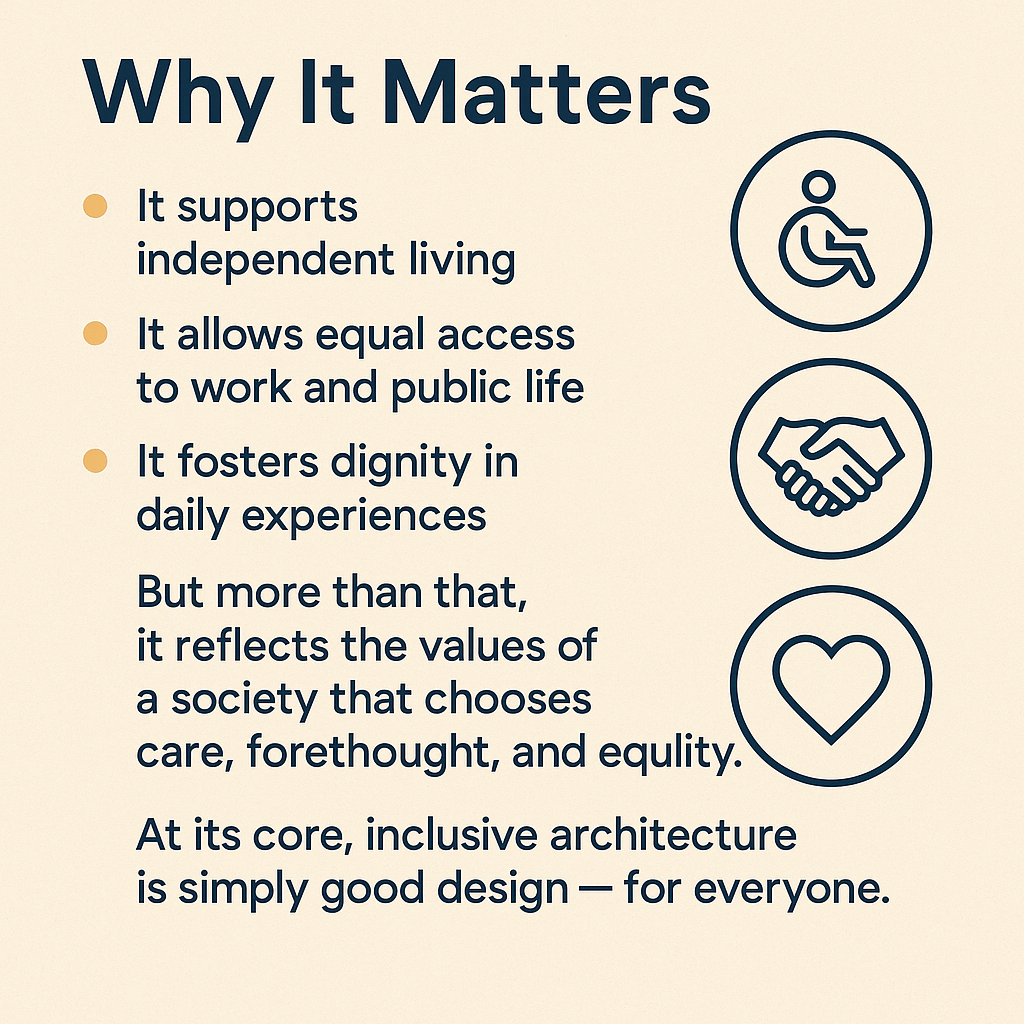
📐 The Architect’s Role
As registered Design Practitioners and accessibility specialists, LVA Architects:
- Design SDA housing and Class 3 developments that meet real needs
- Navigate the NCC and NDIS design standards with precision
- Embed access solutions from concept to completion
Inclusive design is not an add-on. It’s a foundational principle that future-ready architecture must uphold.
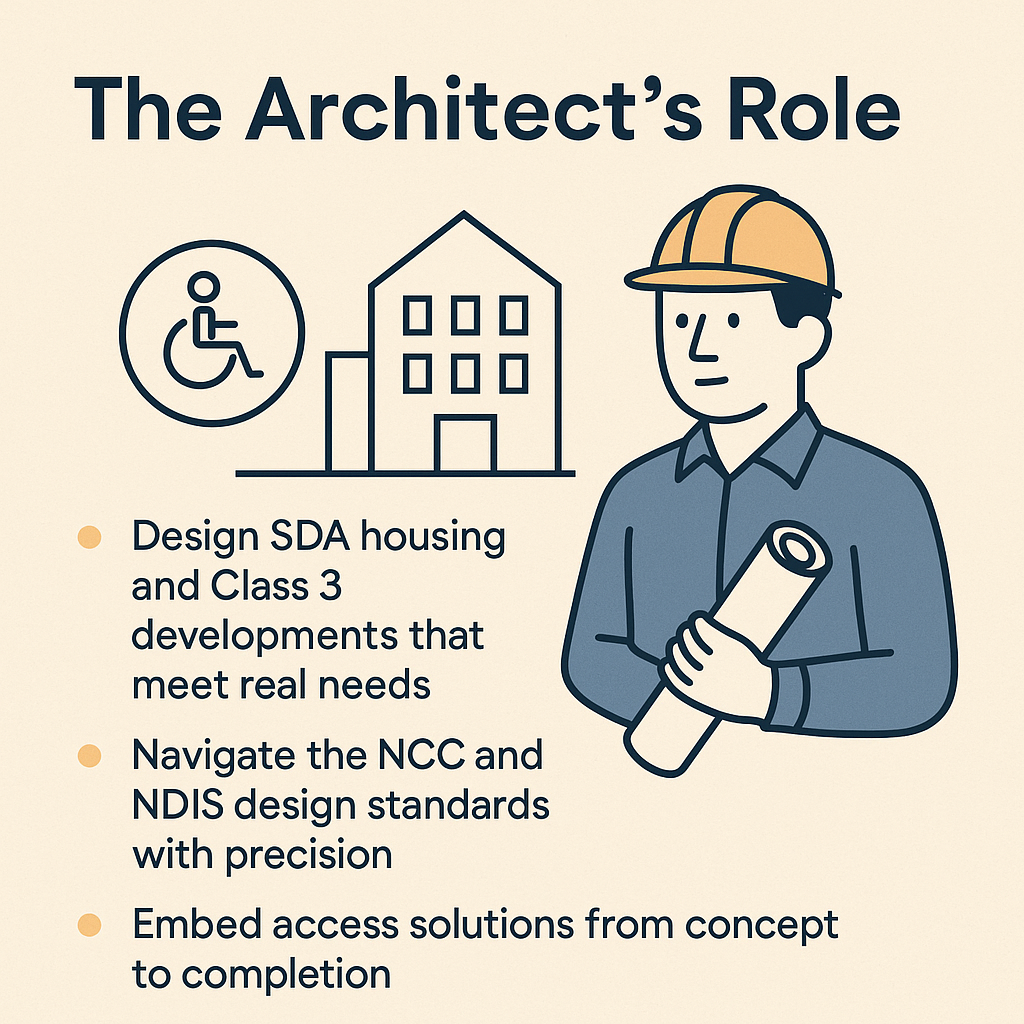
👐 Let’s design a world where no one has to ask for help just to get through the door.
_LVA Architects_


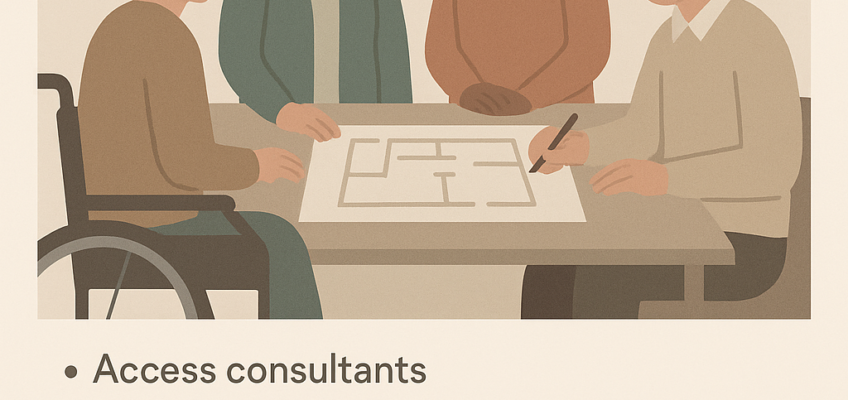
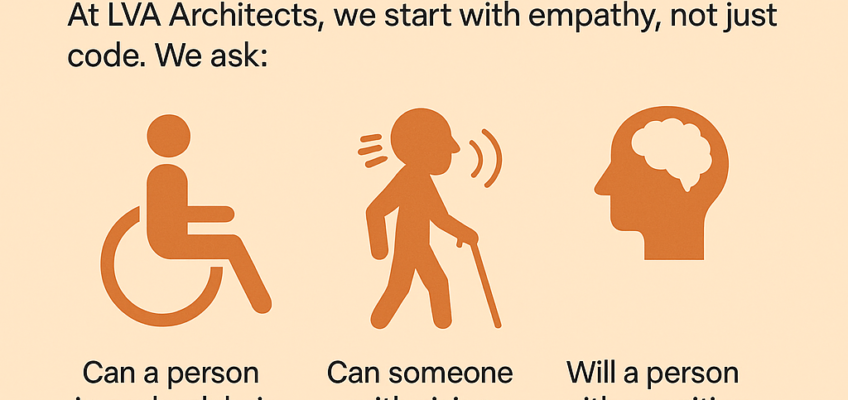

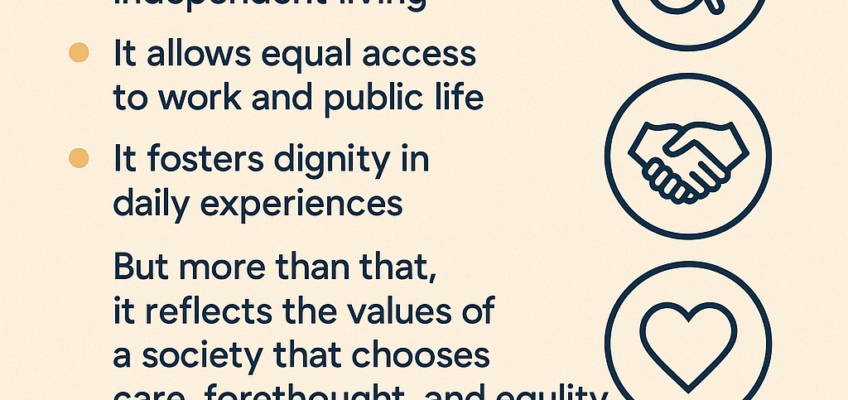
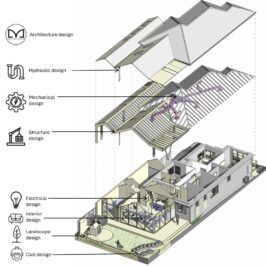
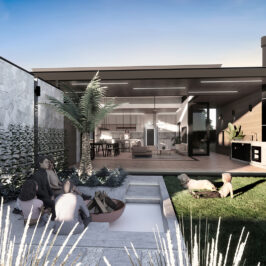

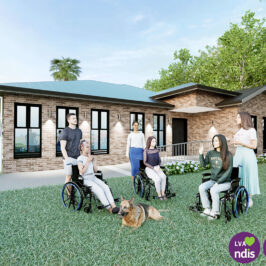

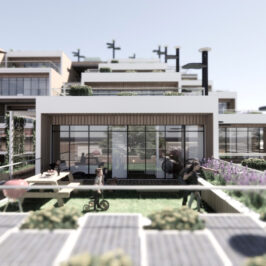
Leave a Reply